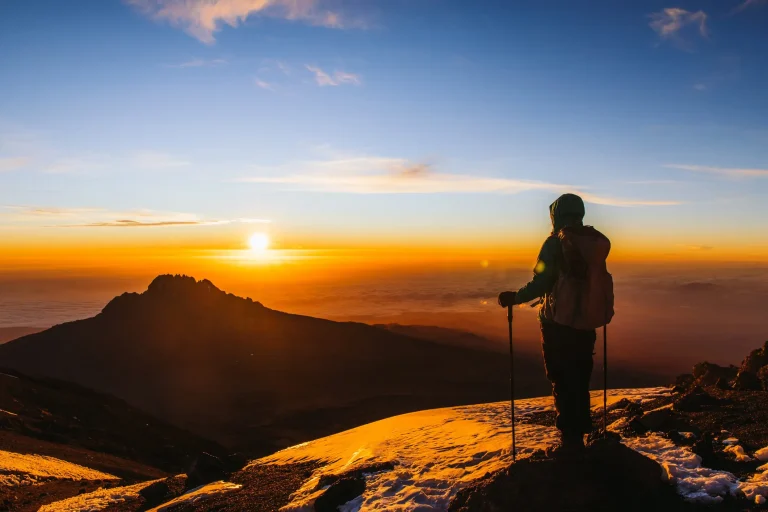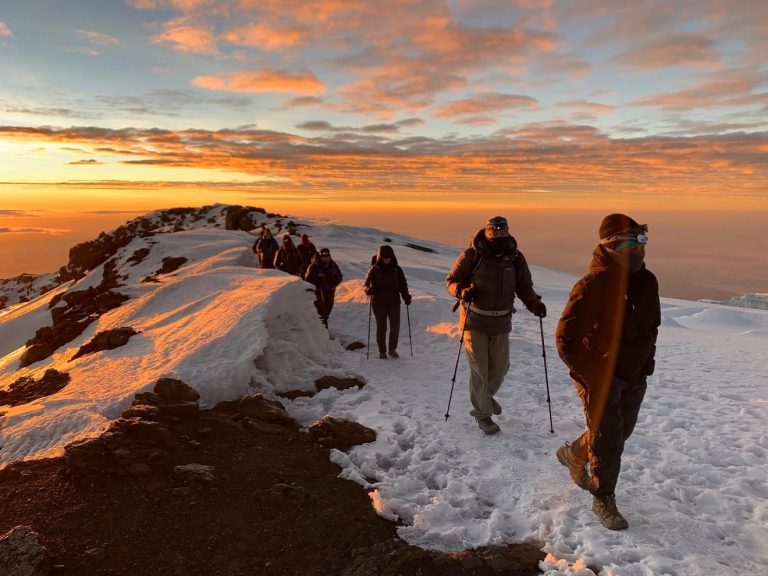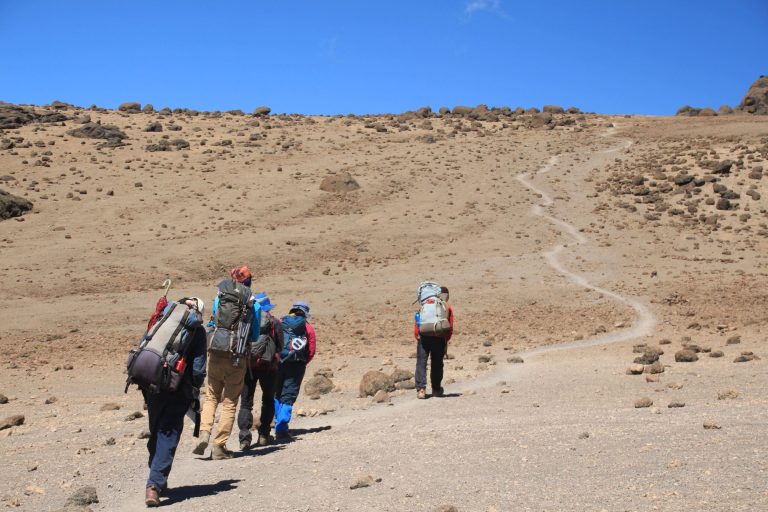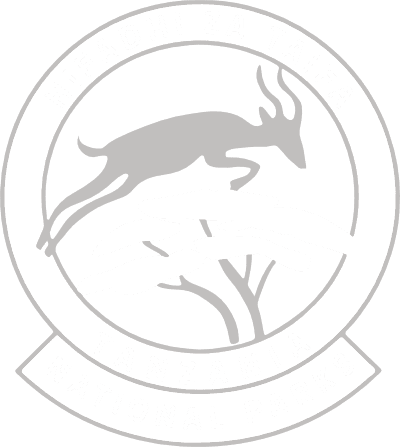Kilimanjaro Trekking
Mount Kilimanjaro, located in Tanzania, East Africa, is the highest mountain in Africa, standing at 19,341 feet (5,895 meters). It is the largest free-standing mountain in the world and one of the seven summits. Its snow-capped peak rises above the surrounding savannas and is part of Kilimanjaro National Park, which boasts a variety of unique flora and fauna. Although it is a dormant volcano, Kilimanjaro continues to inspire climbers and outdoor enthusiasts worldwide.
- Who Can Climb Kilimanjaro?
Anyone aged 10 and up, including those in their 60s and 70s, can climb Kilimanjaro. The key requirements are determination and the will to reach the summit. The primary challenges are the altitude and the rate of ascent. Don't worry—we'll be with you every step of the way! Our Kilimanjaro guides are highly skilled professionals and are essential to your success.
Kilimanjaro Trekking Routes
Kilimanjaro Trekking is the experience of a lifetime, and it’s easy to see why this trek tops bucket lists around the world. Standing at 5,895 meters (19,341 feet), Mount Kilimanjaro is the highest mountain in Africa and the world’s tallest free-standing mountain. While many routes up the mountain are challenging, you don’t need to be an experienced climber to reach the summit—an experienced guide can help you every step of the way.
Popular questions about Kilimanjaro
Mount Kilimanjaro stands at 5,895 meters (19,341 feet), making it the highest mountain in Africa and the world’s tallest free-standing mountain.
The time it takes to climb Kilimanjaro depends on the route chosen. Most expeditions last 6 to 8 days. An experienced hiker with prior acclimatization usually climbs Kilimanjaro through an accelerated 5-day program. If you stay overnight in the crater, Kilimanjaro climbs can take 9 days or longer.
Among the Seven Summits, the Kilimanjaro trek is one of the shortest. For example, climbing Mount Everest takes 6-9 weeks, Denali and Aconcagua- 2-3 weeks. Kilimanjaro takes about one week only.
No, you don’t need to be an experienced climber. While the trek can be challenging, particularly due to the altitude, a skilled guide will assist you throughout the journey.
Mount Kilimanjaro National Park is in northern Tanzania, East Africa. It is just three degrees south of the equator. While some of the most iconic panoramic shots of Mt. Kilimanjaro have been captured from the Kenyan side, all trailheads lie in Tanzania. Therefore, tourists can only climb Mt Kilimanjaro in Tanzania. The closest airport is Kilimanjaro International Airport.
Many Kilimanjaro expeditions begin in Moshi, the capital of the same region.
Late December to early March and mid-June to late October are the best times for a Kilimanjaro climb. This is when the Kilimanjaro weather is nearly ideal.
Although other months have rain, it doesn’t mean there are constant heavy showers. Typically, rains begin in the latter half of the day. This allows trekkers a significant window of clear weather every day during the rainy season. There are also days without any rain. we offers discounted climbs during the wet season.
Anyone planning to climb Kilimanjaro should keep the park entrance fees in mind. As of today, they come at $140 per day per hiker. This amount includes several types of fees:
- ‘Conservation fees’ are for staying in the National Park and enjoying its nature.
‘Camping fees’, or ‘hut fees’ on the Marangu route. – The fees for pitching the tents or sleeping in the Marangu wooden cabins in the park.
‘Crew fees’ – there is a small charge for each crew member entering the National Park to support you on the trek.
‘Rescue fee’ – this is a sort of mandatory ‘insurance’ payment. The hikers pay it to use the Kilimanjaro rescue cars. Please keep in mind that this is not a substitute for a real insurance package.
There are several routes to the summit, including the Marangu, Machame, Lemosho, Rongai, and Northern Circuit routes. Each offers different scenery, difficulty levels, and acclimatization opportunities.
While you don’t need to be a professional athlete, you should be in good physical condition. Regular cardiovascular exercise, strength training, and endurance activities will help prepare you for the climb.
Essential items include a good quality hiking backpack, layered clothing for varying temperatures, a warm sleeping bag, sturdy hiking boots, and gear for rain and sun protection. Your trekking company will usually provide a detailed packing list.
Yes, altitude sickness is a potential concern when climbing Kilimanjaro. It’s important to acclimatize properly, stay hydrated, and follow your guide’s advice to minimize the risk.






